Moving shoes can be daunting, whether you’re relocating your entire collection or simply packing for a trip. As footwear enthusiasts, we understand that every pair of shoes tells a story, and you want to ensure they’re moved safely and stylishly. In this comprehensive guide, we’ll explore the best methods to move shoes, backed by real-world experiences, expert tips, case studies, and product highlights. Let’s dive right in!
Why Properly Moving Shoes is Essential
When it comes to footwear, the way you move them can make a significant difference in their longevity and appearance. Shoes are susceptible to damage, dirt, and wear if not handled properly during transportation. For collectors, it’s not just about moving; it’s about maintaining value. In this section, we’ll discuss why proper shoe moving techniques are essential.
The Risks of Improper Shoe Moving Techniques
Improperly packing shoes can lead to several negative outcomes:
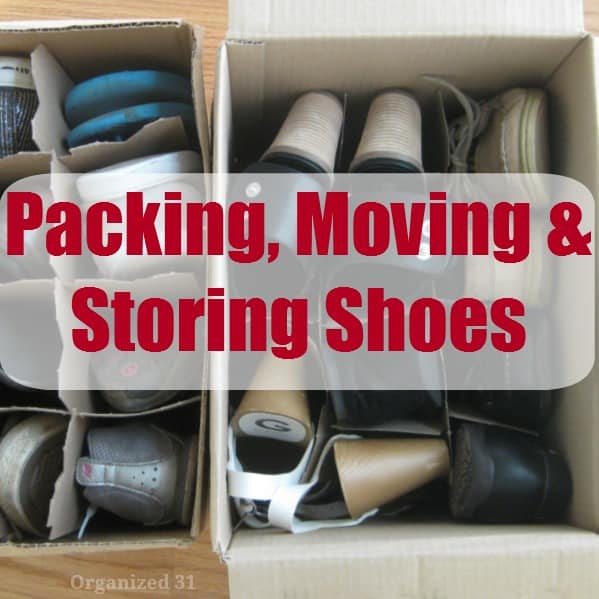
- Scuffs and Scratches: Shoes can easily get damaged if they are not secured properly during a move.
- Loss of Structure: Some shoes, like dress shoes and sneakers, can lose their shape without proper support.
- Wear and Tear: Continual bending and jostling can lead to irreparable damage.
- Mold and Mildew: If shoes are stored in a damp environment, they can develop unpleasant odors and mold.
Understanding these risks can help you take the necessary precautions to ensure that your footwear remains in pristine condition.
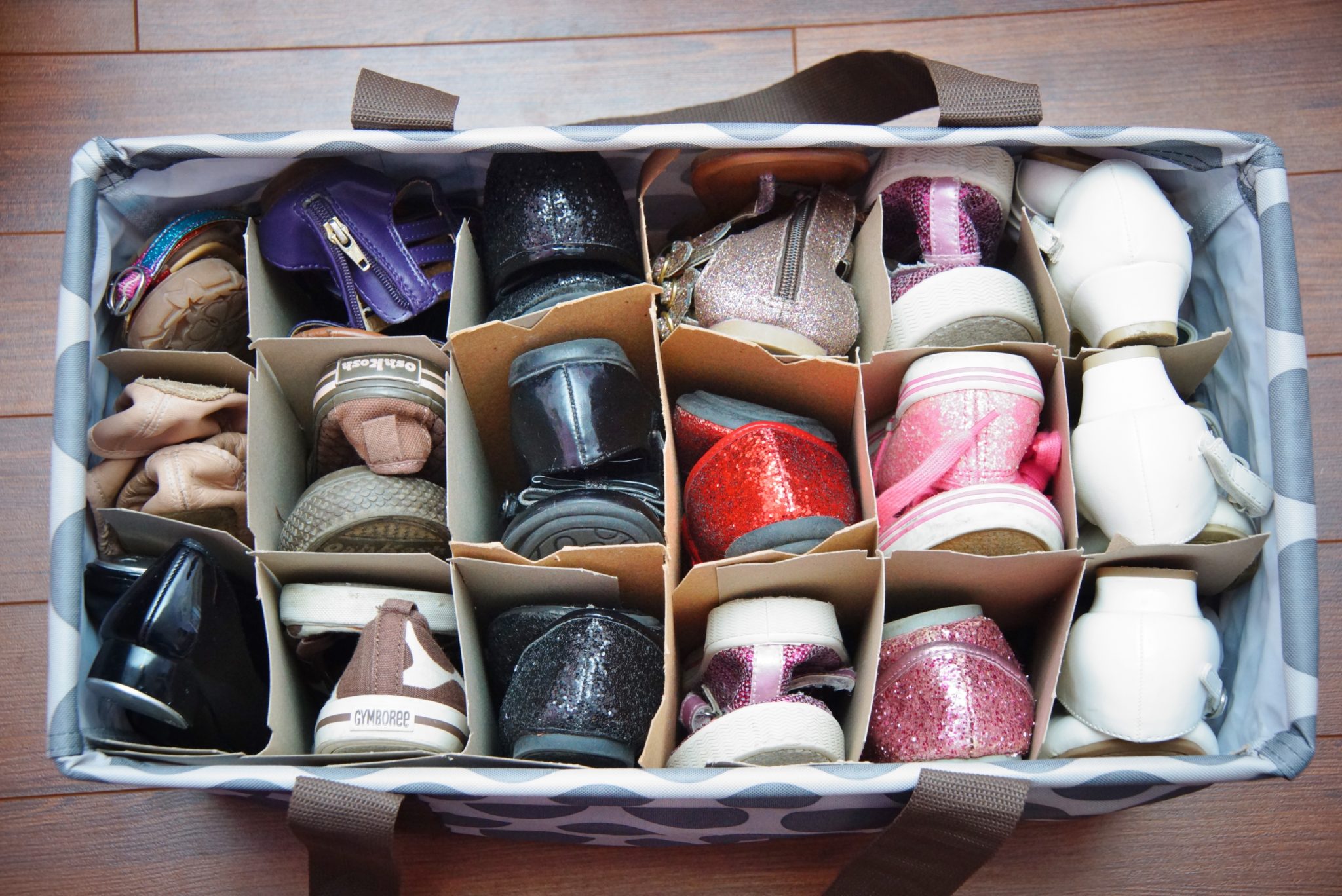
Best Ways to Move Shoes: Techniques and Tips
1. Organize Your Collection
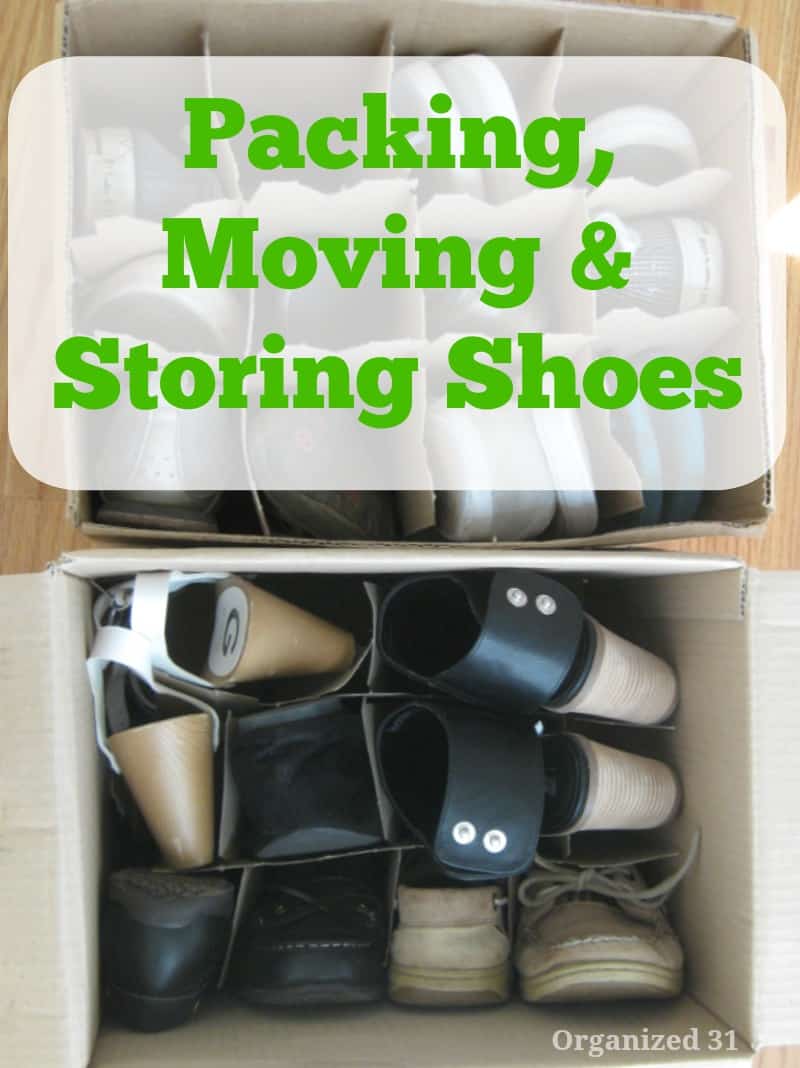
Before you start packing, take inventory of your footwear. Organizing your shoes will not only make the process faster but also more efficient. Consider using the following methods:
Sorting by Type

Group your shoes by type (sneakers, heels, boots, etc.). This will help you keep track of everything and make unpacking easier. It also allows you to identify which pairs require special handling.
Documenting Your Collection
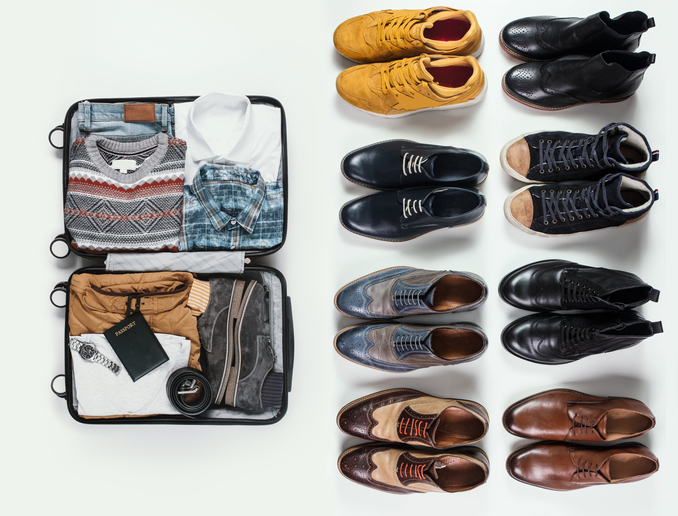
Take photos and note the condition of each pair. This documentation is invaluable for insurance purposes and can be useful if you decide to sell or trade any pairs in the future.
2. Choose Appropriate Packing Materials
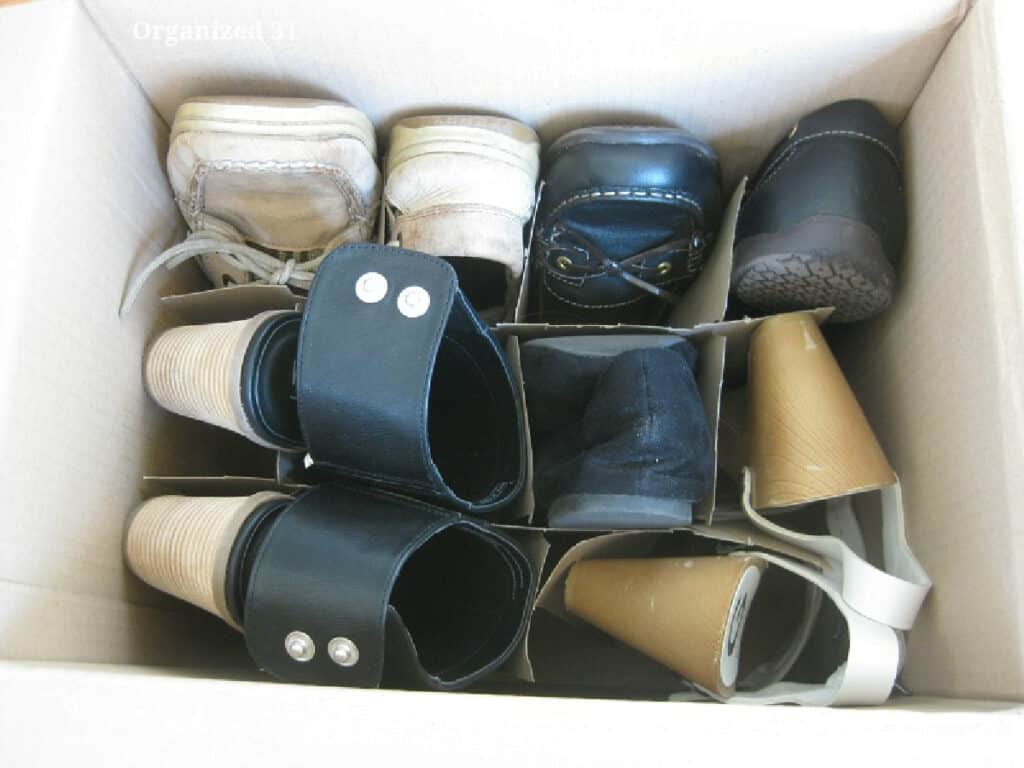
Using the right packing materials is crucial to keeping your shoes safe during transit. Here’s what you’ll need:
- Boxes: Use sturdy shoe boxes to provide protection. If the original boxes are unavailable, choose boxes that will hold their shape and protect your shoes.
- Bubble Wrap: For delicate shoes, wrap them in bubble wrap to prevent scuffs and scratches.
- Plastic Bags: Use plastic bags for shoes that might get dirty, such as boots. This will keep dirt and mud from transferring to other shoes.
- Dehumidifiers: If you’re moving shoes to a humid environment, consider using dehumidifiers to prevent mold growth.

3. Packing and Labeling Your Shoes
Once you have organized your collection and gathered your packing materials, it’s time to pack.
Step-by-Step Packing Process
- Remove any inserts or laces to maximize space and prevent damage.
- Stuff the toes of the shoes with tissue paper or socks to retain their shape.
- Wrap shoes individually in bubble wrap or place them in separate plastic bags.
- Place wrapped shoes upright in boxes, alternating the position to maximize space.
- Seal boxes securely and label them with a description of their contents.
4. Climate Control During Transit
Maintaining the right temperature and humidity during transport is essential. If you’re moving in extreme weather, try to:
- Use climate-controlled storage if you’re temporarily housing your shoes.
- Avoid leaving shoes in a hot car for extended periods, as heat can warp materials.
Case Studies: Real-World Experiences
Sue’s Sneaker Collection Move
Sue, a sneaker collector with over 100 pairs, recently relocated across the country. She shares her experience:
“I was worried sick about my collection getting damaged during the move. I spent a weekend organizing and photographing each pair. I ended up using bubble wrap and sturdy boxes, and I labeled everything clearly. My shoes arrived in perfect condition!”
Mark’s Vintage Shoe Business
Mark runs an online store for vintage footwear and often moves his inventory for events and pop-up shops. His strategy includes:
- Custom boxes designed for various shoe types.
- Using a mobile app to track inventory during transport.
According to Mark, “Investing in the right packing materials simplified my process, and I could focus on selling instead of worrying about damage.”
Comparison Table: Packing Solutions
| Product | Usage | Pros | Cons |
|---|---|---|---|
| Bubble Wrap | Protection for delicate shoes | Great cushioning, easily customizable | Can be bulky |
| Plastic Bags | Protection against dirt | Lightweight, easy to use | Less protective than boxes |
| Sturdy Shoe Boxes | General storage | Excellent structural support | May take up more space |
Product Highlights for Moving Shoes
Top Packing Products Recommended for Shoe Moving
- Uline Clear Plastic Shoe Bags: Perfect for protecting shoes from dirt and moisture.
- Bubble Wrap Roll: Ideal for wrapping delicate footwear.
- Heavy-Duty Moving Boxes: Great for ensuring stability and protection.
Pros and Cons of Different Shoe Moving Methods
Pros of Using Professional Movers
- Expert handling of your collection.
- Insurance options available for valuable pairs.
Cons of Using Professional Movers
- Higher costs compared to DIY.
- Potential for miscommunication about your specific needs.
Pros of DIY Moving
- Cost-effective and customizable.
- You control the process and handling.
Cons of DIY Moving
- Time-consuming to pack and move.
- Higher risk of damage if not done carefully.
Common FAQs About Moving Shoes
1. How can I prevent my shoes from getting damaged during a move?
Use appropriate packing materials and techniques, such as bubble wrap, sturdy boxes, and proper stuffing to retain their shape.
2. Should I use original shoe boxes when moving?
Using original boxes is ideal if available, as they provide the best protection. However, sturdy alternatives can also work well.
3. How do I pack high heels for a move?
Wrap each heel in bubble wrap and place them upright in a box to maintain their shape and prevent damage.
4. Can I move shoes in a suitcase?
Yes, pack shoes in a suitcase with clothing or soft items around them for added protection.
5. What’s the best way to move sneakers without damaging them?
Stuff them with socks, wrap in bubble wrap, and place them in a sturdy box to prevent scuffs and deformation.
6. Are there any products that help with shoe organization during a move?
Yes, shoe organizers and clear plastic bags can help keep shoes visible and accessible during a move.
7. How do I keep my shoes smelling fresh during a move?
Use dehumidifiers or odor-absorbing sachets in boxes to prevent musty odors.
8. Should I remove laces when moving shoes?
Yes, removing laces can save space and reduce the risk of them getting tangled or damaged.
9. How do I document my shoe collection for insurance purposes?
Take detailed photos, note the condition of each pair, and store this information digitally and physically.
Conclusion: Your Footwear Deserves the Best Care
Moving shoes doesn’t have to be a stressful experience. By following our guide, you can ensure your footwear collection arrives safely at its new destination. Whether you’re a casual wearer, collector, or business owner, implementing these best practices will help preserve the quality of your shoes for years to come. Happy moving!
For additional resources, including scientific studies on materials and footwear preservation, consider checking out ACS Publications or the National Center for Biotechnology Information.